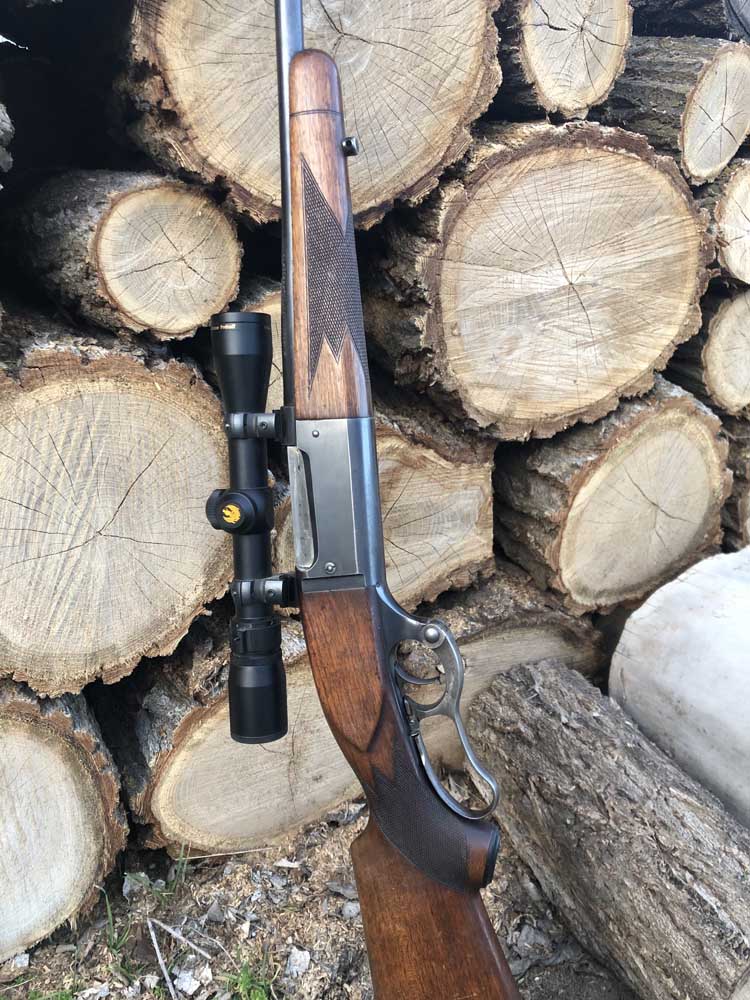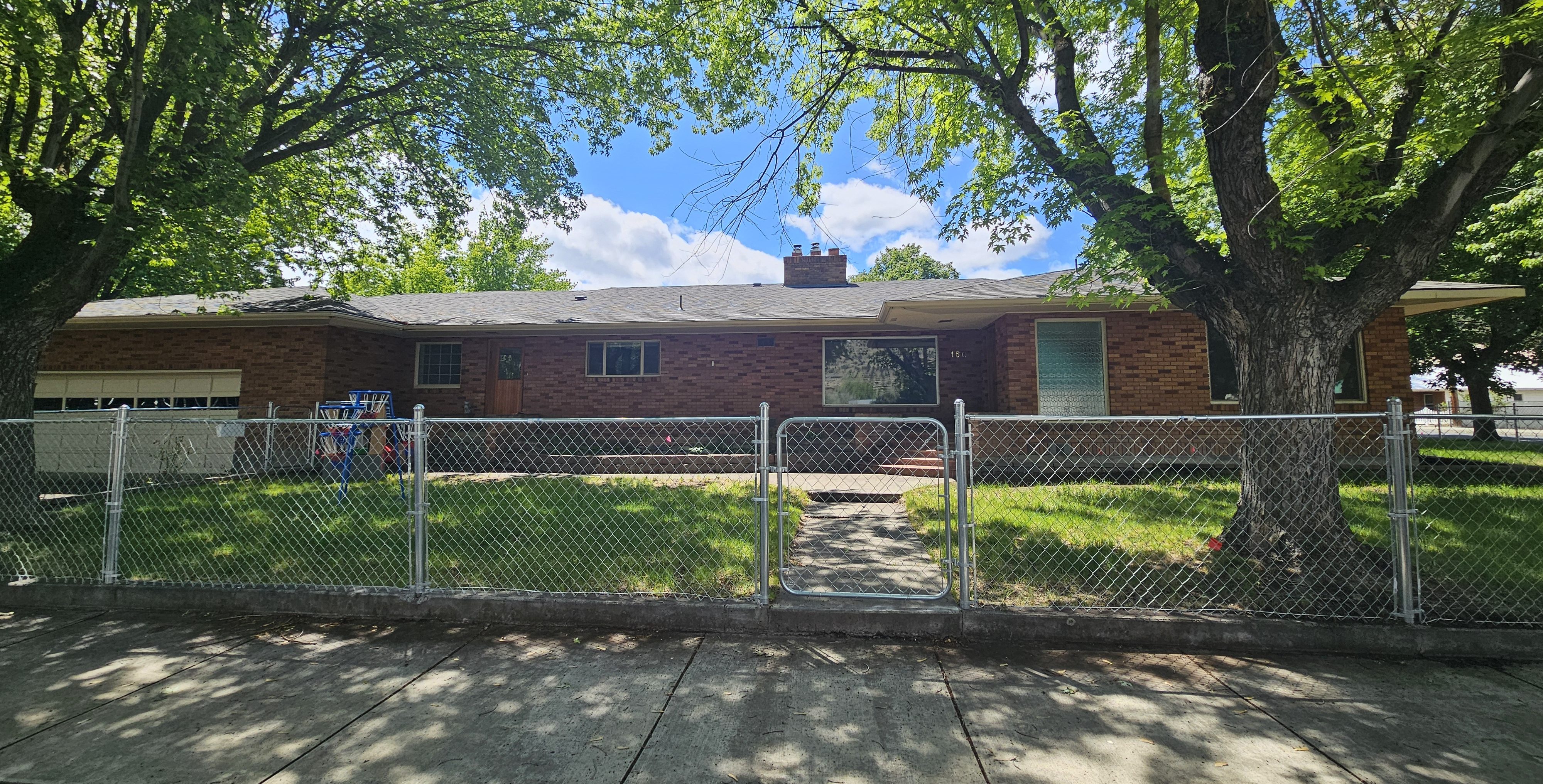Shooting the Breeze: The .250-3000 Savage
Published 11:15 am Friday, February 18, 2022

- The .250-3000 Savage has enjoyed enduring popularity with hunters.
In my family, the Savage Model 99 lever-action rifle, in various calibers, to this day holds a very special place in everyone’s hearts. The Savage designs were quite modern for their time, and though initial prototypes were rejected at military trials, the 1895 and 1899 models found success as commercial rifles. Hunters especially found the modern cartridges in the unique lever-action design to be very effective in the field.
Savage strove to hire the greatest minds to engineer new cartridges on a regular basis, providing cutting-edge technology that is viable even 100 years later. The hammerless design featured a rotary magazine and a side-ejecting bolt which enabled the use of spitzer bullets and ease of mounting optics. Although the Chicopee Falls engineers created many innovative cartridges, they truly outdid themselves in 1915 with the design of the .250-3000 Savage.
Although Charles Newton advised that a 100 grain bullet at around 2,800 feet per second would’ve been most suitable to deer hunters, Savage’s marketing team knew the selling power in speed. The .250-3000 is thusly named for being the first cartridge to ever hit 3,000 feet per second of muzzle velocity.
Against Newton’s advice, the .25 caliber cartridge was loaded with an 87 grain bullet and given a relatively slow 1-14” twist rate, perfect for stabilizing these lightweight speed demons. And boy, did these rifles sell!
While it is doubtful that an additional 13 grains of bullet would have given dramatically better performance, the frangible cup and core, thin-jacketed bullets of the day did cause some outcry when on occasion game animals would require follow-up shots to anchor.
Demand for a heavier bullet circulated, but due to the slow 1-14” rifling twist, stubby roundnose 100 grain bullets with an arched trajectory failed to impress most Western riflemen. I’m sure Mr. Newton may have had to wash the “I told you so” from his tastebuds with something a little stronger than Coca-Cola.
The twist was eventually amended to 1-10” but not before the advent of the .243 Winchester cast a giant shadow on sales of the original high-velocity cartridge. So great was the demand for the .243 that Savage offered the cartridge in its own rifles, and eventually the .250 was retired by the very company it had made rich and famous.
Although you don’t hear much about the .250-3000 these days, those who own them know what they have. Most of them are well-used and well-loved. Many a youngster was handed a mild-kicking .250 Savage for a first-year deer rifle and just never decided to buy anything larger.
Many folks own a .22-250, the very successful and more popular progeny of the old .250-3000! Even the bewilderingly popular 6.5 Creedmoor is dimensionally the .250-3000 Ackley Improved necked up to .264 caliber.
While either an 87 or 100 grain bullet is marginal for larger deer like elk or caribou, the .250 still sees frequent use for these animals as well. The .250-3000 Savage is most at home shooting coyotes and chucks, deer and antelope in deadly accurate, lightweight lever action and bolt action rifles.
But if you’re lucky enough to already own a rifle thusly chambered, I’m not telling you anything you don’t know. The little Savage is one sweet load.
Are you a fan of the .250 Savage? Write to us at shootingthebreezebme@gmail.com and check us out on Facebook!





